can i sand down composite decking
This article delves into whether it’s possible to sand down composite decking and the best practices for doing so if it is feasible.
Can I Sand Down Composite Decking?
Composite decking has become a popular choice for many homeowners due to its durability, low maintenance requirements, and aesthetic appeal. However, over time, this type of decking can show signs of wear and tear, such as scratches or faded areas. One common question that arises is whether it’s possible to sand down composite decking to restore its appearance. This comprehensive guide will explore the possibilities, tools needed, potential risks, and alternative methods for addressing issues on your composite deck.
Understanding Composite Decking
Composite decking is made from a mixture of wood fibers and plastic, often recycled materials like high-density polyethylene (HDPE) or polypropylene. This combination creates a material that is resistant to rot, insects, and moisture, making it a durable option for outdoor use. Unlike traditional wood, composite decking does not require regular staining or sealing. However, it can still show signs of wear over time, leading some to wonder if they can sand it down to improve its appearance.
Tools Needed for Sanding Composite Decking
If you decide to proceed with sanding your composite decking, you’ll need specific tools to achieve the best results. These include:
- A belt sander or orbital sander for removing rough surfaces.
- Sandpaper with different grits, starting from coarse to fine (e.g., 60-grit to 220-grit).
- A vacuum cleaner or dust collection system to manage debris.
- A broom or brush to clean the surface before and after sanding.
It’s important to note that sanding composite decking can be a challenging task, as the material is less forgiving than natural wood. The process requires patience and precision to avoid damaging the surface further.
Potential Risks of Sanding Composite Decking
While sanding might seem like a straightforward solution, it comes with several risks. One of the primary concerns is the potential for damaging the composite material, which can lead to a rough or uneven surface. Additionally, excessive sanding can expose the inner layers of the composite, causing them to degrade faster under UV light or weather conditions. Another risk is the release of harmful particles during the sanding process, which can be hazardous to health if inhaled.
According to a study by the National Institute for Occupational Safety and Health (NIOSH), exposure to composite dust can cause respiratory issues and skin irritation. Therefore, it is crucial to take safety precautions, such as wearing protective gear like masks and gloves, when sanding composite decking.
Alternative Methods to Restore Composite Decking
If sanding is deemed too risky or difficult, there are other methods to consider for restoring your composite deck’s appearance:
- Cleaning: Regular cleaning with a deck cleaner can remove dirt, mildew, and stains without damaging the surface.
- Painting or Staining: Although composite decks do not traditionally require painting, specialized composite deck paints or stains can enhance their appearance and protect against fading.
- Deck Restoration Kits: These kits provide solutions for repairing minor damage and renewing the look of composite decks.
Consulting with professionals or following manufacturer guidelines can help you choose the most appropriate method for your specific needs.
Conclusion
Sanding down composite decking is possible but comes with significant risks and challenges. Before deciding to undertake this task, weigh the benefits against the potential drawbacks and consider alternative methods that may offer safer and more effective results. Always prioritize safety and follow manufacturer recommendations to ensure the longevity and beauty of your composite deck.
Reference
Baoding Plastroy WPC Products
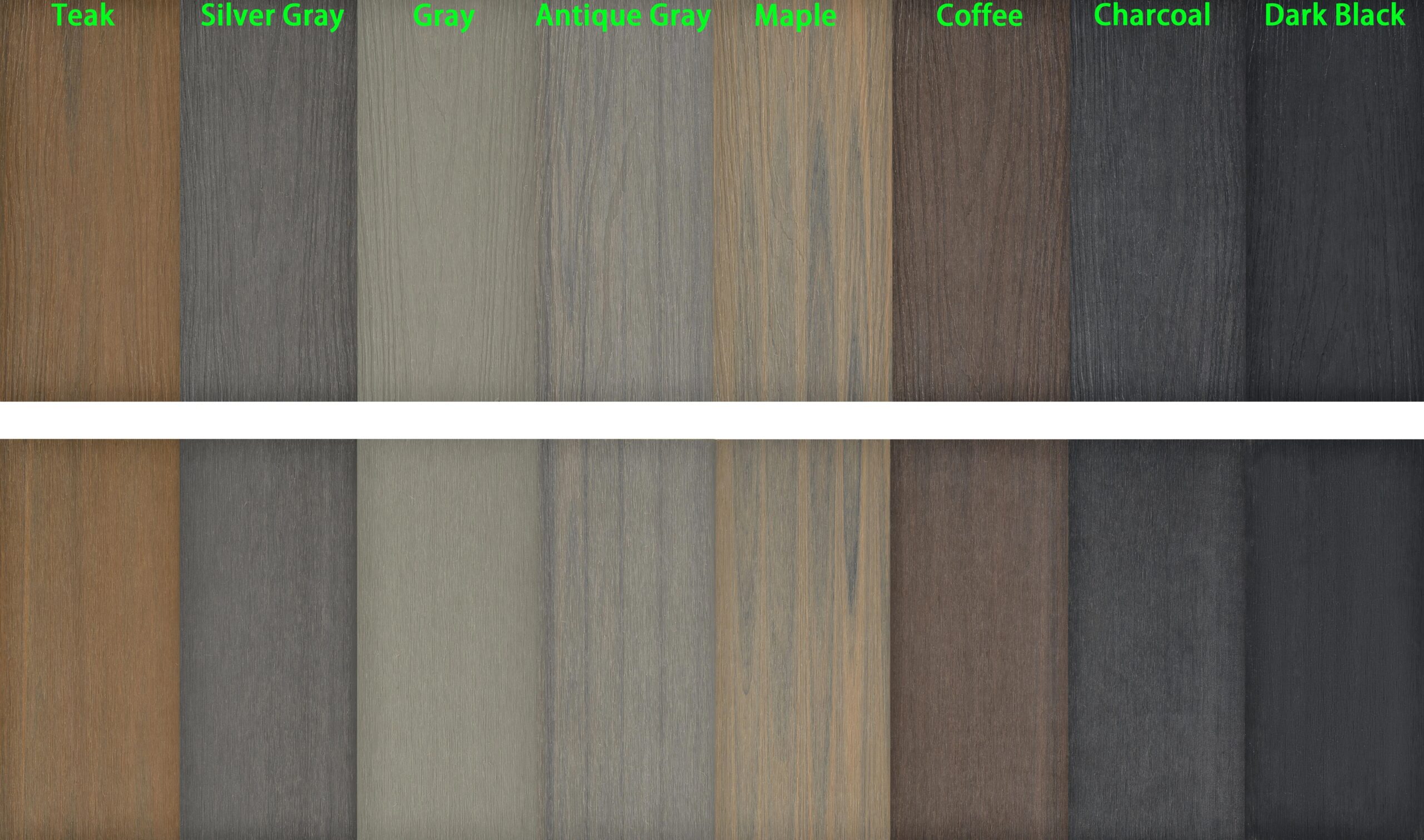
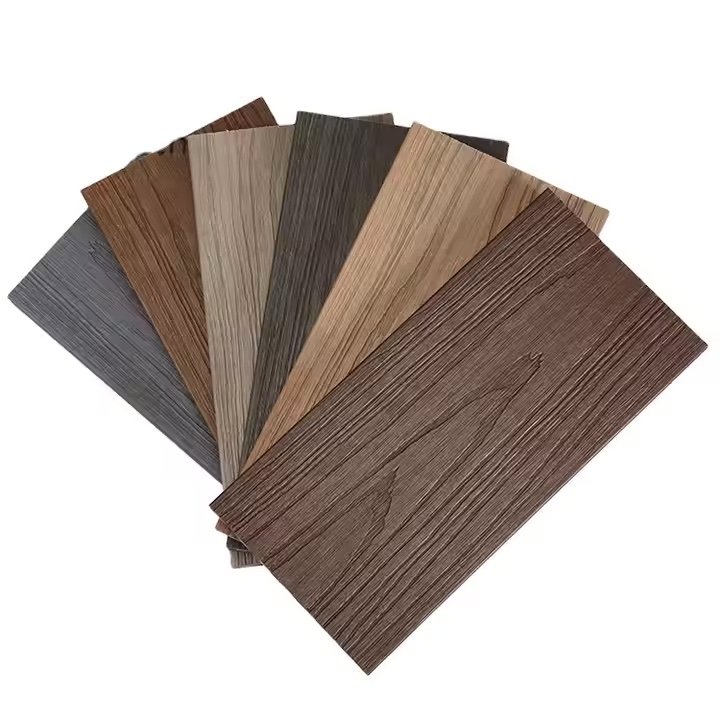
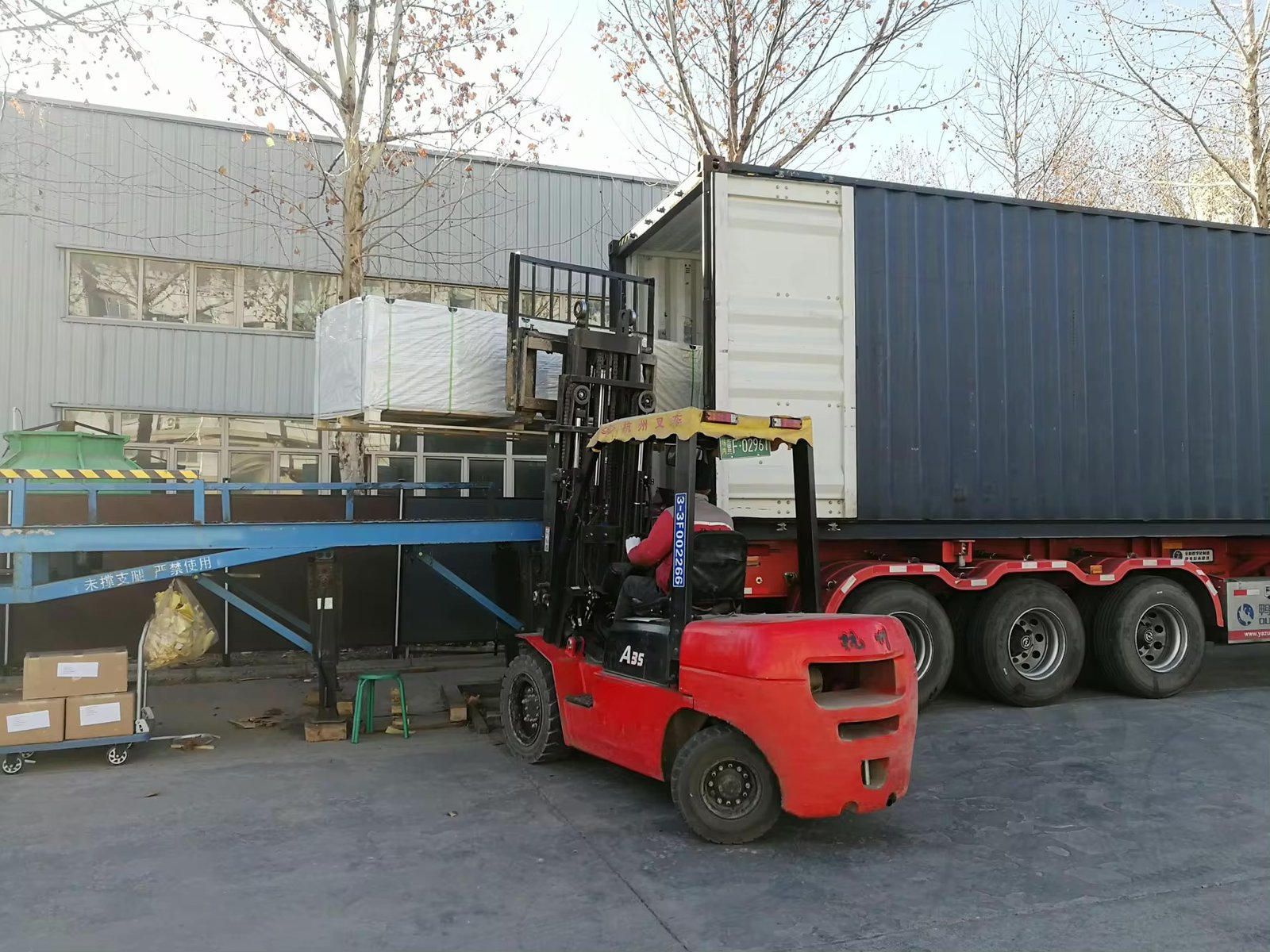
Why Choose Plastory?
Baoding Plastory New Materials Co., Ltd. is a manufacturer of decorative materials with over 9 years of experience and 56 separate production lines.
Currently, our annual production exceeds 30,000 tons, with products exported to more than 50 countries worldwide.
Plastory is the drafting unit of the WPC National Standards and has obtained certifications such as REACH, ASTM, CE, and FSC. Plastory is dedicated to maintaining consistent quality, focusing on details, and prioritizing customer satisfaction.
Our factory is located in Baoding, Hebei Province, China, with a prime location and convenient transportation access. Baoding is approximately a 1.5-hour drive from Beijing Capital International Airport and just 2 hours away from Tianjin Port, making it easy for global clients to visit and facilitating efficient shipping of goods. Our facility spans a large area, equipped with advanced production equipment and modern testing facilities to ensure that every batch of products meets the highest quality standards.
We warmly welcome clients from around the world to visit our factory, where you can see our production processes firsthand and experience our product quality. Please feel free to reach out to us—we are committed to providing you with the best products and services.
Kindly get in touch with us to request a product catalogue.


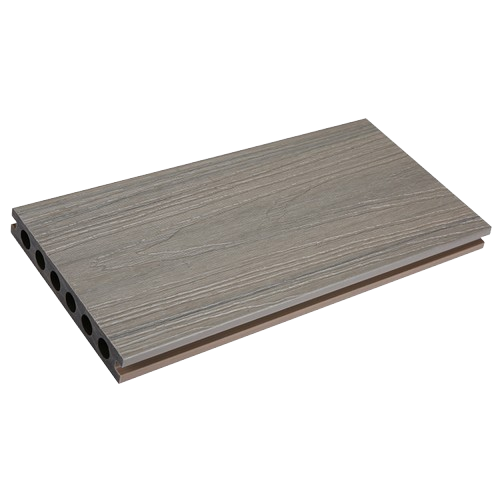
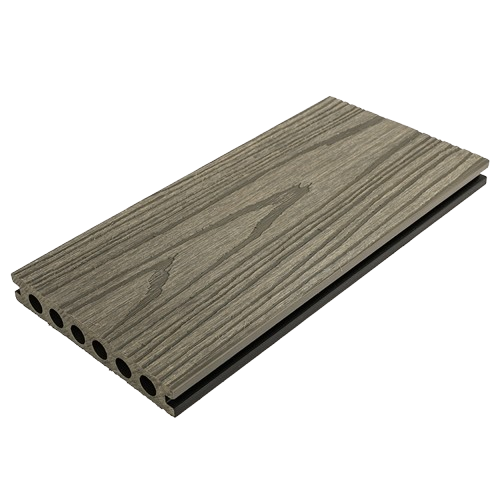
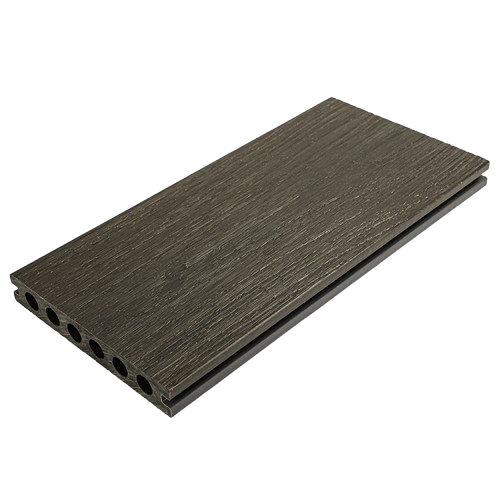
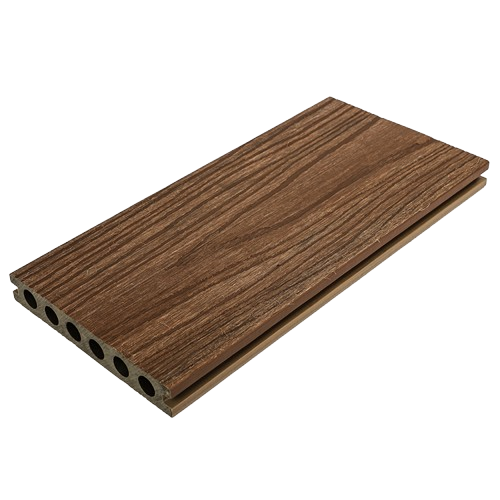
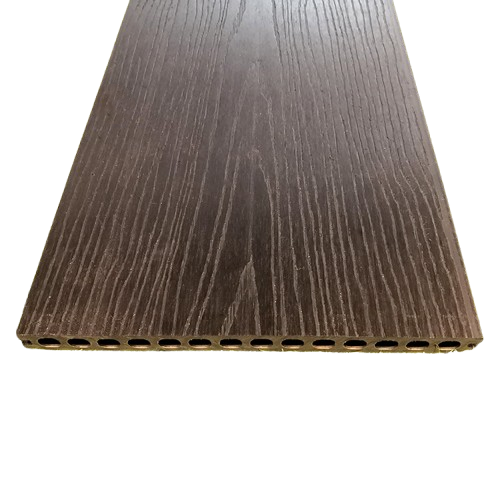

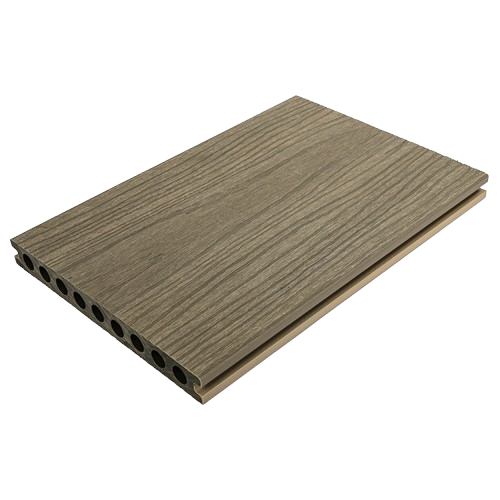

Reviews
There are no reviews yet.